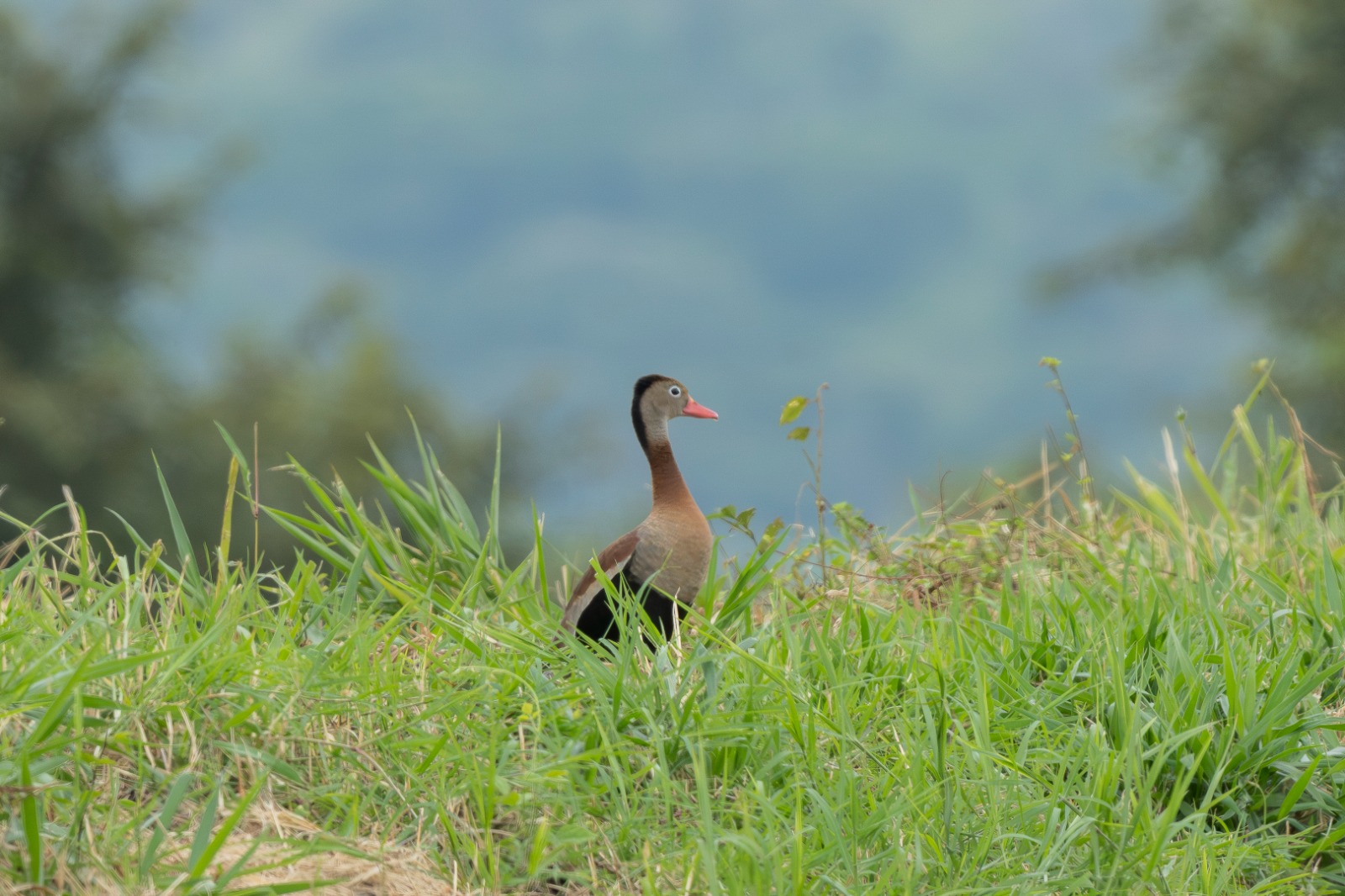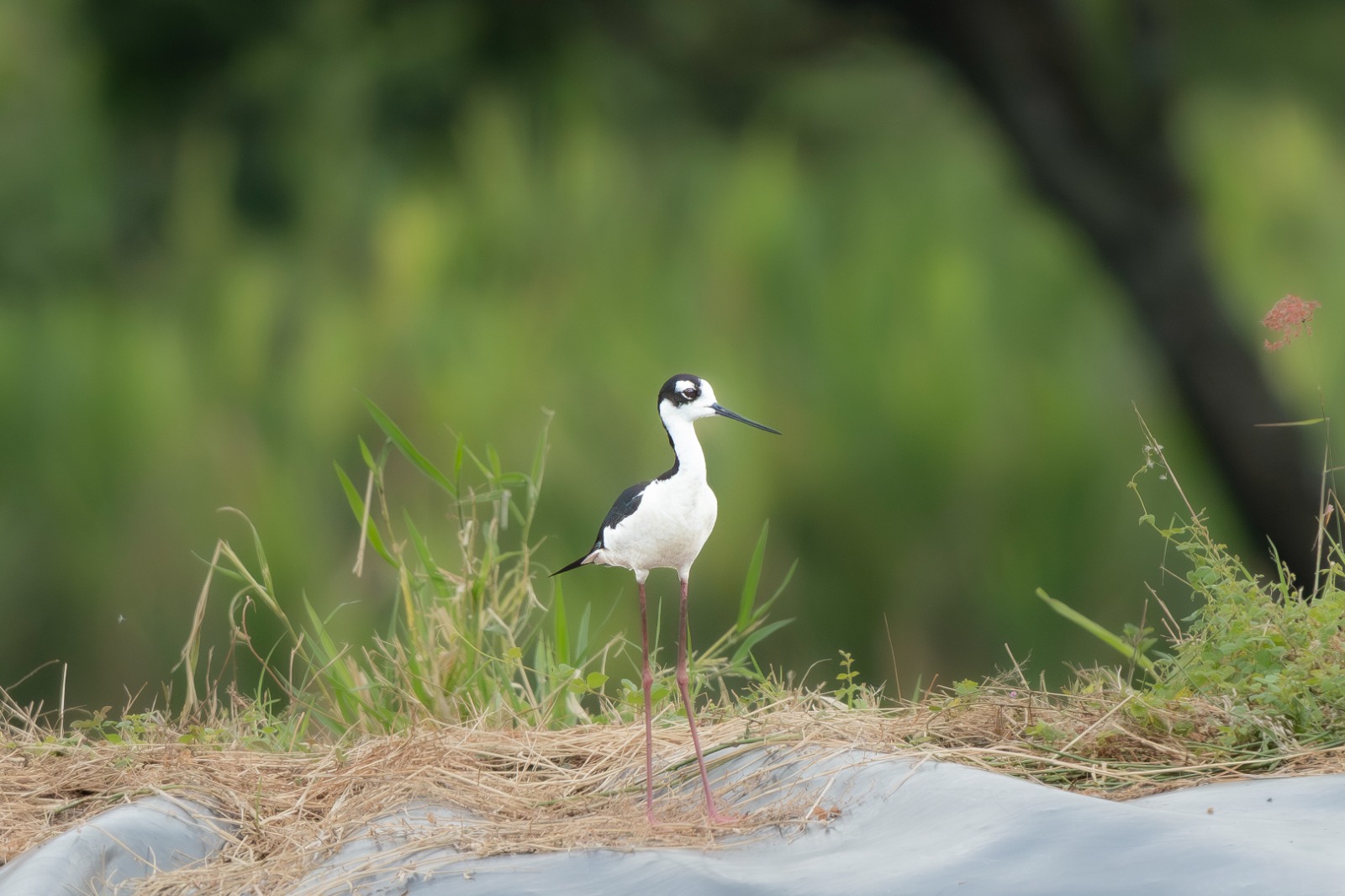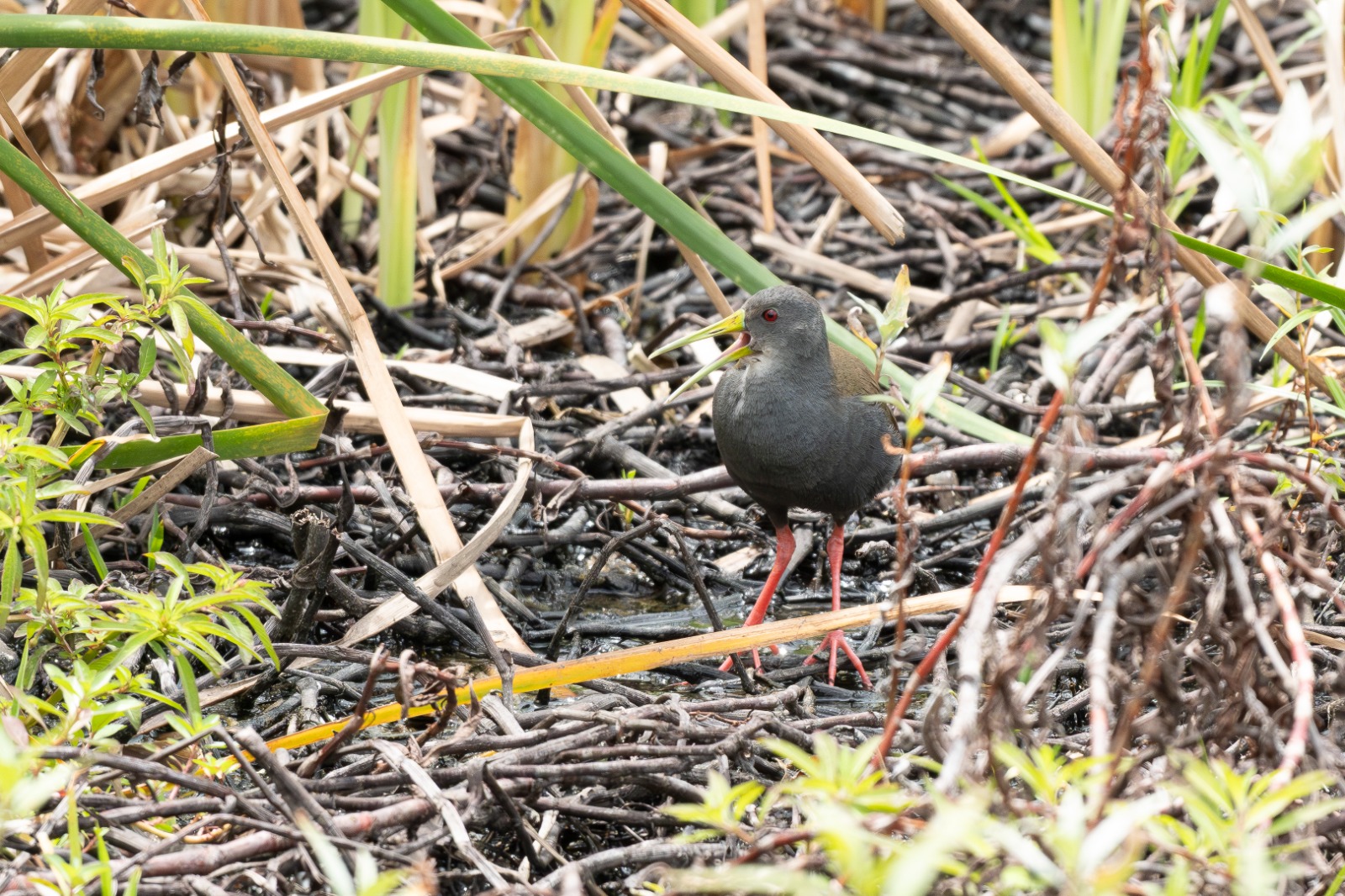Ecotourism and birdwatching in Providencia Park: a natural sanctuary in the heart of Valle del Cauca

With the first rays of sunlight peeking through the trees, the birdwatching tour begins. The day begins with a welcome at the park's main lodge, where the necessary directions for the tour are provided.
The first sighting occurs right in front of the main house. Brightly colored birds—reds, blues, and other intense hues—approach a stick structure built by the groundskeepers.
The main recommendation is to remain silent and keep your distance, so the birds can approach. Little by little, the branch begins to fill with birds, and what started with just two becomes a veritable parade of wings and beaks of every color.
With binoculars around their necks and cameras in hand, the second stop on the tour is the calambuco, a means of transport formerly used in sugarcane fields to transport workers.
The wagon (calambuco) is pulled by a giant, noisy tractor. Aboard, the group of visitors travels along the paths carved through the sugarcane fields.

Pictured here is a species of duck native to the region. Photo: María Leonor Velásquez
After about a 15-minute ride, the group gets off and begins walking along the trails of Providencia Ecological Park, located in Palmira, Valle del Cauca.
Thus begins a day of birdwatching, the park's newest ecotourism venture, located in the municipality of El Cerrito.
The new bet Providencia, formerly known as the Sugarcane Museum, is seeking to reinvent itself after four decades. In addition to preserving the region's agro-industrial history, it has also become a refuge for wildlife.
Its newest attraction is birdwatching. "We want to make the word 'birdwatching' fashionable," says María Leonor Velásquez, park director.
Colombia is recognized as the country with the largest number of bird species in the world. It is estimated that more than 1,960 species live within its territory, representing approximately 20 percent of the planet's bird species.
More than 300 species have been recorded in Providencia alone, including endemic, migratory, and aquatic species. On a tour, you might encounter the pecking of a woodpecker or the slinking silhouette of the Cauca guan, an endemic and endangered species.
Beyond its environmental value, the park also promotes local development. Ecotourism has begun to generate employment for residents of nearby villages, who work as birdwatching guides, nursery caretakers, and in logistics processes.
The birdwatching “They say birdwatching is like doing yoga,” smiles María Leonor. “You look up, stretch your spine, breathe deeply, and concentrate.”
Indeed, it's easy to feel a reduction in stress and anxiety levels when walking amidst a soundscape composed only of birdsong and nature.

Pictured is a species known as the long-legged widowbird. Photo: María Leonor Velásquez
The tour also highlights the sensory experience offered by the landscape: the scent of damp earth, the crunch of dry leaves underfoot, and the reflection of the sun filtering through the trees.
In a world where contact with nature is increasingly scarce, Providencia presents itself as a place of reconnection. There, each trail leads not only to a sighting, but also to a reflection on the protection of ecosystems.
Restore to see it fly Part of the route includes restored areas of tropical dry forest, one of the country's most threatened and rare ecosystems: today, only 9 percent of its original cover remains.
Providencia protects 110 hectares of this ecosystem and an equal number of hectares of high Andean forest, using restoration techniques that allow for different stages of recovery depending on the size, color, and density of the vegetation.
"We planted trees so the birds would come. And they are coming," says Velásquez. This can be seen throughout the tour, where you can occasionally see birds perched on the tree branches.
The crop benefits from humidity sensors that optimize drip irrigation and mobile nurseries that germinate species such as the Wax Palm and the Pink Cedar.

'Pardirallus nigricans,' also known as the common moorhen. Photo: María Leonor Velásquez
The Cerrito River's protective strips are also being reinforced with wild cane grass that stabilizes the ravines during floods.
A living classroom to learn with birds In addition to tourism, the park has an educational purpose. "We want children to understand that if they want to see birds, they must plant trees. We teach them how to make binoculars from recycled materials and take them to collect seeds," says the director.
This methodology seeks to create an early connection with nature and conservation. Furthermore, birdwatching is not just an activity for experts. Anyone in Providencia can participate in the tour.
"It's not just about seeing, but about understanding the balance between biodiversity, water, and culture. That's what the park experience is all about," Velásquez says enthusiastically.
A sustainable legacy Providencia is part of a sugar industrial legacy, but today its narrative revolves around "sustainable sweetness."
In addition to the sighting, you can tour the park that houses the Sugarcane Museum , a space with ranches, mills, and gardens that tell the history of agribusiness in Colombia.

The blue-colored 'Porphyrio martinica', known as the blue moorhen. Photo: María Leonor Velásquez
Their commitment to ecotourism isn't to mass tourism. They're in an introductory phase, focused on designing the experience well, with the focus on ensuring that conservation remains the park's core.
During this phase, tours are offered for small groups, starting at 150,000 pesos, ensuring more personalized attention and a lower environmental impact.
At the end of the birdwatching session, as the sun rises, the calambuco returns to the starting point where a lunch awaits, featuring the best of the department's cuisine.
For more information, visit us on Instagram: @parqueecologico.providencia
ANGELA MARÍA PÁEZ RODRÍGUEZ - SCHOOL OF MULTIMEDIA JOURNALISM EL TIEMPO.
eltiempo





